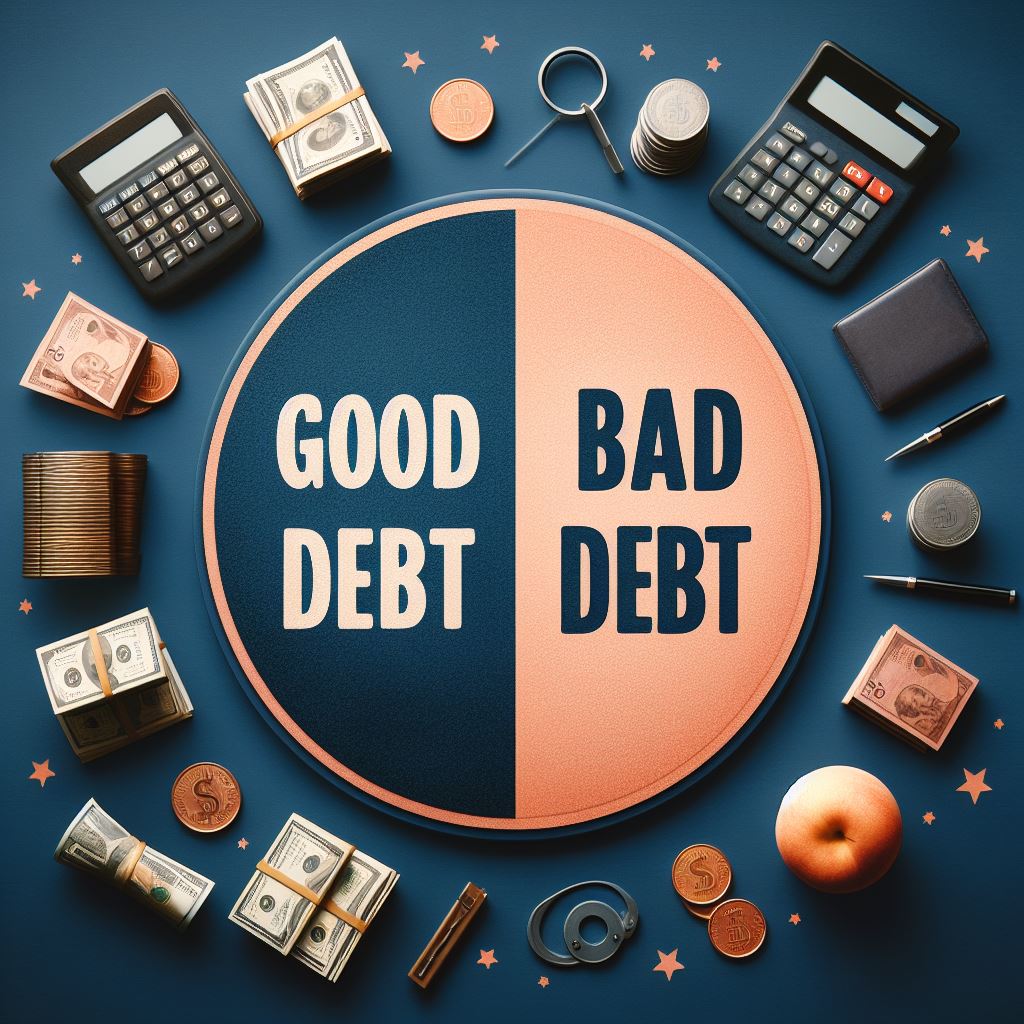What is Good Debt And Bad Debt: What You Need to Know
Last Updated on 27 January 2024 by Ryan Oldnall
Debt is an unavoidable part of most people’s lives, whether it’s a mortgage, credit card, afterpay account, or car loan. However, not all debts are created equal.
It’s important to differentiate between good debt and bad debt to make informed financial decisions. So when it comes to investing there is such a thing as ‘good debt’ but it is important to understand why bad debt, is bad.
What is Bad Debt?
Bad debt can be considered anything that has significantly higher interest rates or is associated with depreciating assets.
Credit cards
Credit Cards are one of the most obvious examples of bad debt. Often these come with high interest rates and banks rely on people not paying the monthly balance which yields them a profit.
Credit cards are typically very easy to obtain, and money is spent freely, quickly racking up large amounts of debt if left unchecked.
Car Loans
Similarly, car loans are often considered bad debt due to their typically higher interest rates and that historically cars have depreciated in value the moment you take ownership of them.
A car does not usually generate any loan term value, attracts ongoing maintenance costs, repairs, and fuel. One caveat is that a car loan, if it is used for work- or business-related purposes can lead to tax deductions, offsetting some of these negative aspects.
Personal Loans
Personal Loans are typically considered a form of bad debt with higher interest especially if ‘unsecured’, these often attract a higher premium.
Personal loans have fewer requirements than that of a home loan, so the serviceability requirements are lower, essentially making them easier to get.
Similar to a car loan, money can be spent on purchases that do not generate any long-term value and could place a person in deeper financial trouble.

What Is A Good Debt?
Good debt, on the other hand, can provide a return on investment. Home loans can be considered an example of good debt, as homes typically appreciate in value over time, offsetting the interest paid over the life of the loan.
Investment Property Loan
Moreover, when that debt is associated with an investment property the gains are usually greater. If tenanted the property rent either fully covers the interest repayments or pays a significant amount towards it.
Therefore, when factoring in the capital gains over time as well as the rental payments the individual should see some return on investment over time.
Student Loans (HELP OR HECS debt)
Student loans can be considered a form of good debt as it potentially leads to greater earning potential and specific career paths that would otherwise be unobtainable without a tertiary qualification.
In Australia student loans do not charge interest but rather are indexed. This means come July 1st each year the loans are indexed at the rate of the consumer price index (CPI). This is has been historically low in the past decade but 2023 this was 7.1%.
I cover everything you will ever need to know about HECS debt in my article, the Comprehensive Guide: HECS Debt.
Equity Loans
Equity loans are another concept which allows an individual to secure debt against an asset such as their house for the purpose of investing.
The individual would utilize the usable equity in their property to take out a loan that could then be invested in another property or shares
For a deeper discussion on purchasing property using equity read my article How To Buy Investment Property with Equity.
Using equity can be advantageous for several reasons including that they can purchase an investment property using the value of their home or purchase a higher volume of shares.
Both these strategies are considered income generating due to the potential for rent and dividends and, therefore are considered taxable.
As a result, this would attract tax on any earnings. In Australia, any associated costs such as the interest from the equity loan could then be tax deductible as a result.
Summary
By understanding the difference between good debt and bad debt is essential for making informed financial decisions.
By prioritizing good debt and avoiding bad debt, individuals can put themselves in a stronger financial position and work towards achieving their long-term goals.









